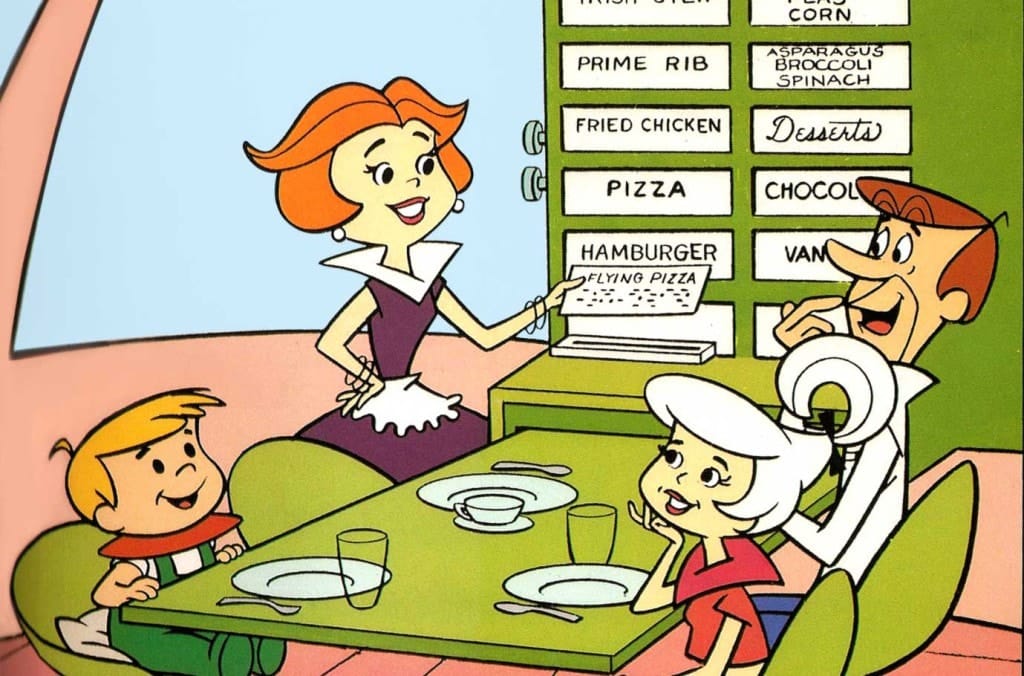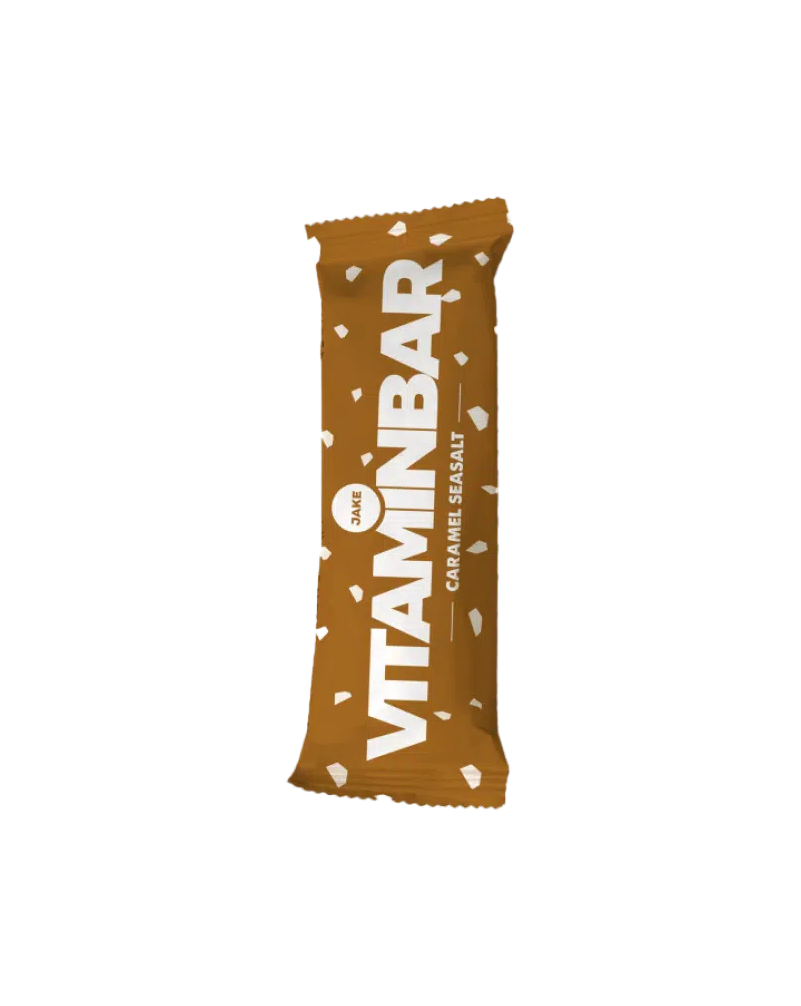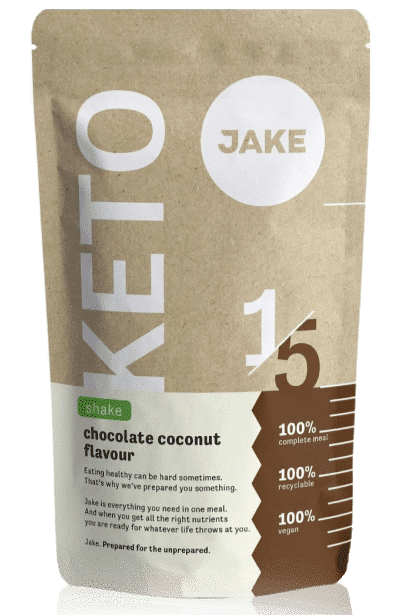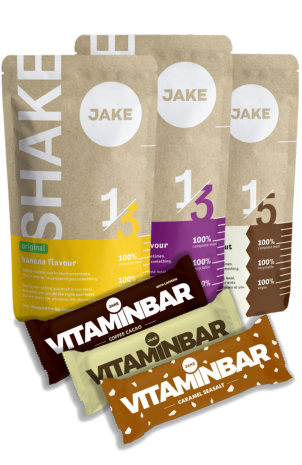
When I saw the Nokia 6230 for the first time I was convinced this was it. Nothing significant could be improved anymore: It had a colour display, there was no antenna sticking out and the thing was so small that making it any smaller would make it less practical. That was back in 2004. Since then, they did change. In fact, they changed everything. We can hardly live without our smartphones nowadays – I’m pretty sure I’d get lost in my own city without mine.
Technology changes our world. And it does so more than we can predict even a couple of years ahead. Like any industry, the food industry has grown and changed a lot over the past hundred years as well. Using new technologies and all the new knowledge we have of our world, the food industry is changing faster than ever. With its growth, the food industry has developed an unsavoury side as well. But before we get to that, let’s focus on the positive.
The future of food
As with smartphones, it’s very difficult to imagine what technology will do to our food in ten or twenty years from now. But reflecting on the progress made so far, we can conclude that in time things tend to improve rather than to become worse. Around 1900, 70% of the world population lived in absolute poverty. Famines were all around – the currently developed world included. Today, about 10% of the world lives in absolute poverty. The difference is huge and the world is changing more rapidly than ever. We can safely assume that in a hundred years from now food will be better than it is today, in every way we can image.
A hundred years of human development is a very long time, especially in this day and age. To imagine what it will be like, we’ll have to think outside of every box. Future foods will at least look and taste awesome. How would it be like to take a bite out of a watermelon-sized strawberry? Apples that taste like your favourite soda. Skittles that actually look like little rainbows. Or how about pizza that is exáctly like pizza? Shouldn’t be too hard.
We believe that, even before the end of this century, everything that we’ll eat will be healthy. Not because of stricter regulations or because governments will ban everything that isn’t healthy. It won’t be necessary, as we will be able to make even the sweetest candies healthier than any vegetable is today. At some point in the near future, food will be designed to become exactly what our bodies need and what our senses want to taste and feel at the very moment we eat it.
As food becomes more advanced, not only the look, taste, feel and quality of it will improve beyond the imaginable. Inevitably, we will learn how to produce our food in a way that is efficient enough to feed everyone on this planet, while we no longer hurt the environment or the animals in it. Of course, food should not only become nicer and aplenty, it should also become affordable for everyone.
But we still have a long road ahead
We’re not quite there yet. The food industry is making big steps, but not always in the right direction. As the main incentive of the industry is to make profit, its progress is not always beneficial for the people and often terrible for our environment. We are all somewhat aware of the monstrous ways our bio-industry exploits animals. And whether we care about those animals or not, we all agree that it’s terrible that we’re able to produce enough food to feed everyone on this planet, but thousands of people still die of hunger every day.
These are big issues, but they feel kind of distant from our daily lives. However, the big-steps-in-the-wrong-direction the food industry is making actually do influence our daily lives a lot, we’re just not aware how much.
To give an example: The fruits and vegetables we find in stores today are bigger, prettier and sturdier than they used to be. You might have noticed it yourself. What you probably haven’t noticed is that fruits and vegetables have lost most of their nutritional value. The crops we eat today were developed to grow efficiently and to be sweet and shiny, not to become any healthier. As a result, the average strawberry now contains 67% less vitamin A than it did 40 years ago.
Why aren’t we aware of that? Why don’t we regulate? Every year, billions of dollars are spent on marketing the positive aspects of products like fruit and vegetables. Backed by its billions, crafty marketing and strong lobbies, the industry turned something we knew to be healthy like fruit, into balls of water and sugar. But is there any causality? Is there a hidden agenda?
A twofold problem
Obviously, there is no big conspiracy going on to make our food less nutritional. The problem is twofold. It’s the industry as much as it is the customer. The industry offers what the customer wants and has also has a big influence on the customer. Customer demand is not driven by nutritional value. Way too complicated. We want food that tastes and looks good. We can judge that ourselves. Of course, we also want food that is healthy, but hardly anyone knows what vitamins are, how much we need of them and which foods contain what. Ever picked an apple because it had more magnesium than the one next to it?
One thing we can and need to do to change this is to educate. Food is essential to our lives. Every kid should learn what nutrients are and what is healthy. We need to understand the difference between potatoes and chips. So that we can’t be fooled into thinking that branded orange juice is fruit, or that the sugar in fruit is any different than the sugar in a lollipop. Secondly, health claims by the industry should be regulated. Thankfully, this is currently happening in the EU as well as in the US.
Making it easy
Next to education and regulation of health claims, we need to start making it more attractive to eat healthy foods. Because even with all the knowledge in the world, you may still choose an unhealthy alternative, for a couple of reasons. It can be quite a challenge to eat healthy three times a day. Time, effort and cost are taken into account when we choose our food as well. Moreover, unhealthy foods can be pretty damn tasty.
To effectively change our habits, we need alternatives that are better, that solve our problems. With Jake, we focus on making it easy to eat healthily. We make food that focuses on function. Food that literally contains everything your body needs: all the vitamins, minerals, necessary fats and proteins, complex carbs for a steady flow of energy and healthy fibres. A nutritionally complete meal, faster than fast food.
The current products are only a first step. We’ll start seeing more nutritionally complete foods hit the market. Jake meal replacement shakes, drinks and bars to start with. After that, pretty much any form, structure or taste you can imagine, from strawberries to tomatoes, will become nutritionally complete.
Through education and progress, we can help lead the food industry in the right direction. We believe that people will quickly start expecting, and then demanding, food to be healthy and sustainable, always. Food meant to serve. And that is what we aim for.






